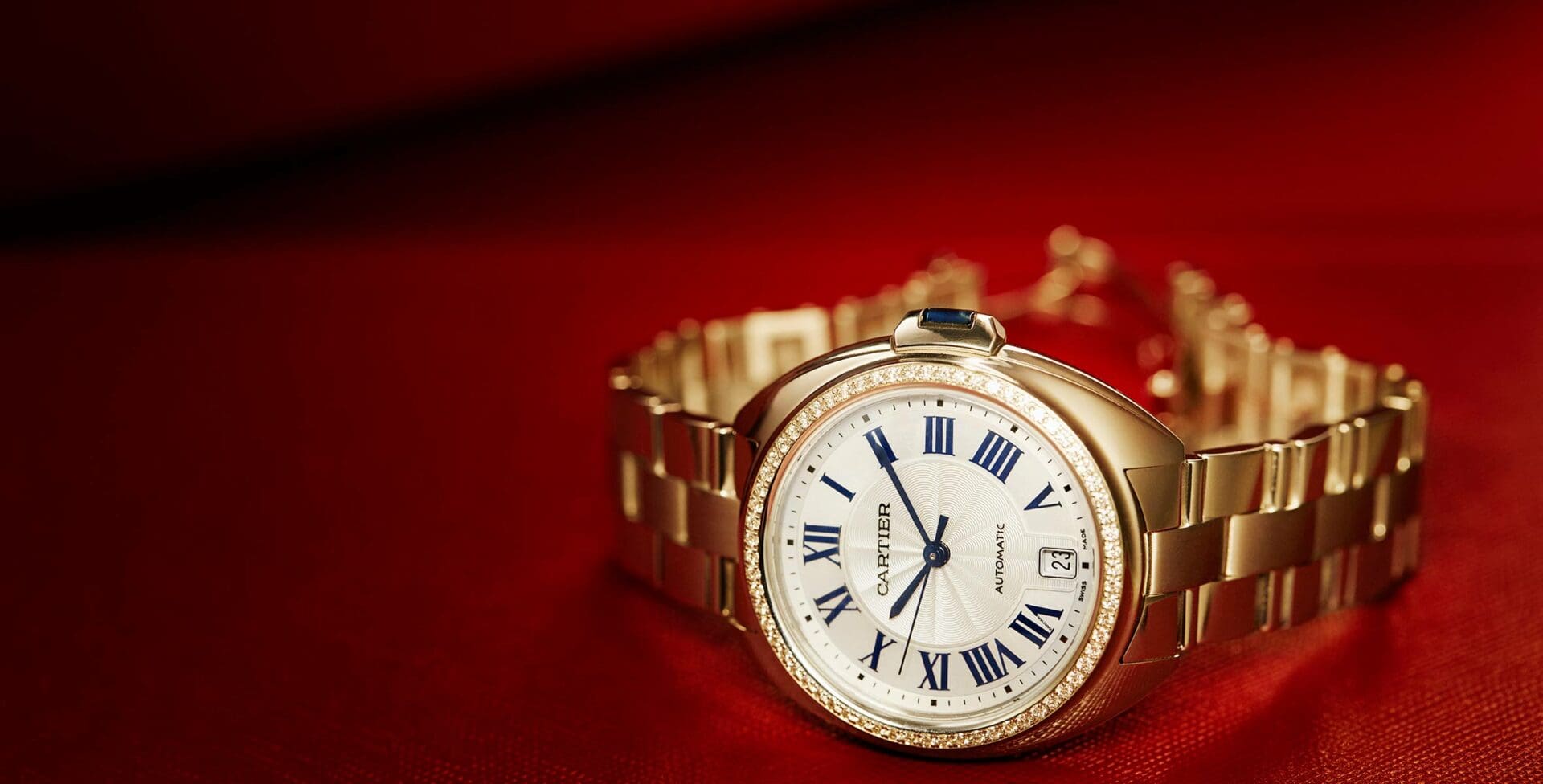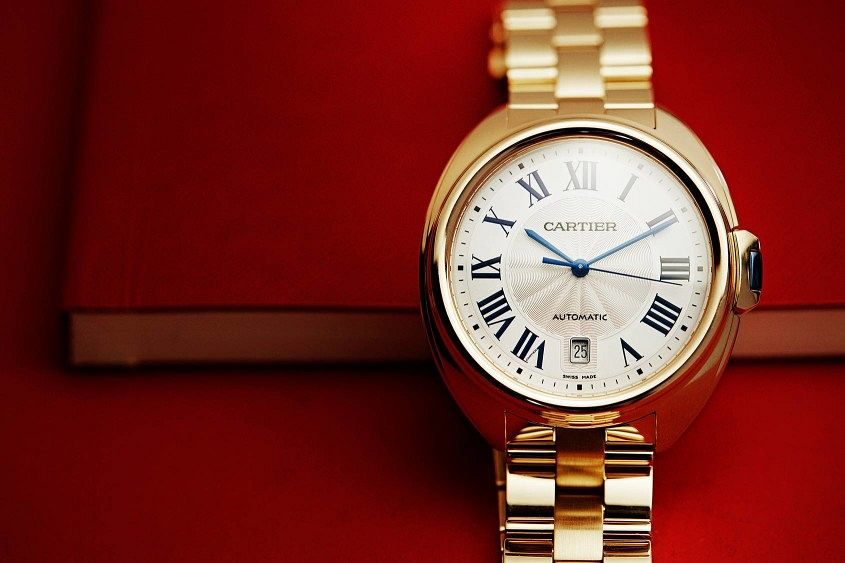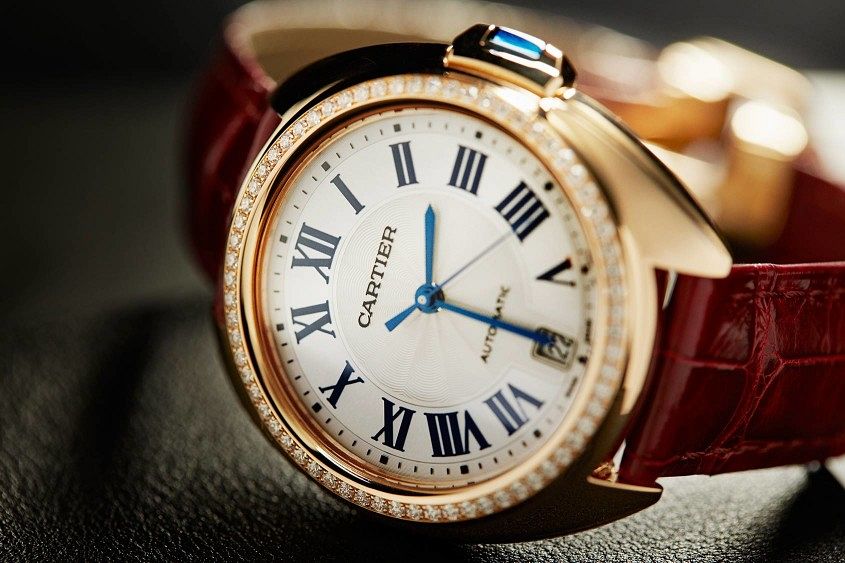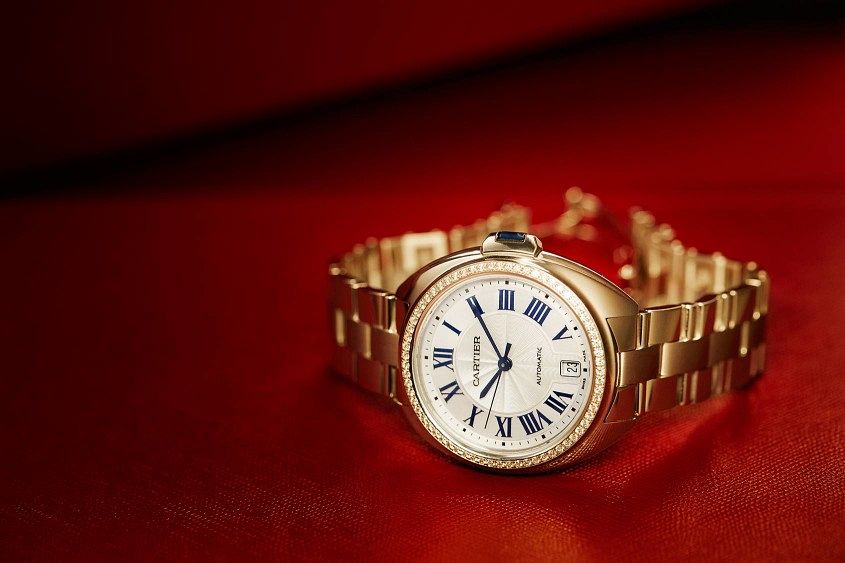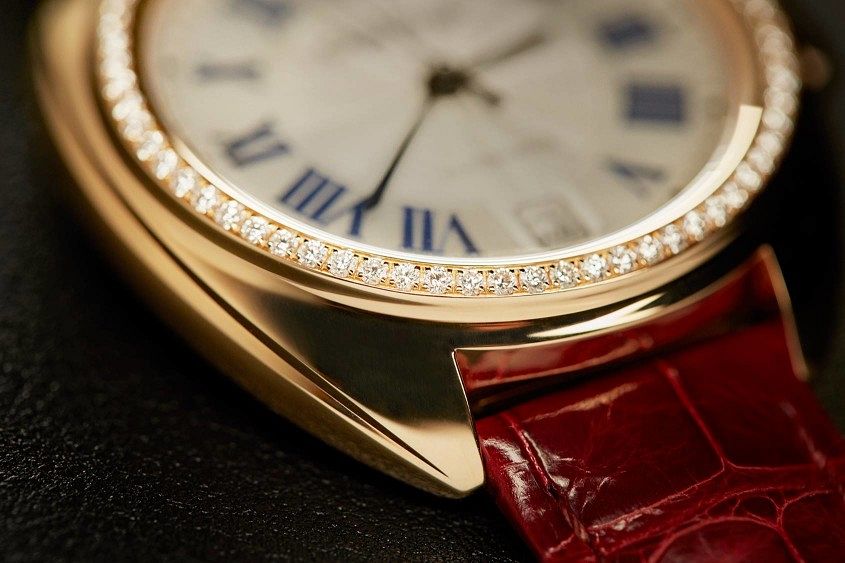INSIGHT: Designing the Cartier Clé de Cartier
Felix ScholzGeometry has been a driving force for Cartier from the beginning. Shape was the defining characteristic of Cartier’s first wristwatch (which was the first wristwatch), the Santos. Soon after the Santos came the Tank, inspired by the aggressive rectangle of the first armoured vehicles. More recent is the Ballon Bleu that epitomises the perfect sphere.
Shapes are not just important in Cartier’s past; they play an integral role in their continuing story. And the latest chapter is the shape within a shape that is the Clé de Cartier.
We sat down with Arnaud Carrez, Cartier’s International Marketing and Communications Director to discuss just how you go about designing a new icon for one of the biggest names in watchmaking. And the pressure that comes with carrying that legacy.

T+T: How does the Clé de Cartier extend the Cartier story?
AC: Creativity is always the essence of the brand. If you look at all of our emblematic models, the Santos, the Tank, the Tortue, the Ballon Bleu and so on. The number of shapes that Cartier has created is difficult to estimate.
T+T: And they’re quite strong shapes.
AC: Yes, because we see ourselves as a master of shapes. We’ve continually created new shapes that have become references in terms of style and part of the patrimony of all watchmakers.
T+T: It’s easy to forget just how influential Cartier has been in – literally shaping modern wristwatch design. How do you follow on from this century long legacy? How do you come up with what will hopefully be your new icon, the Clé?
AC: The Clé is an interesting exercise. The original brief was to start from the line. A geometric curve. Cartier always starts with distinctive lines. If you look at the Ballon Bleu, which we introduced in 2007, it was a reinterpretation of the circle. It was a different exercise.
T+T: The Clé is different isn’t it? If you look at the iconic models they seem to be faithful to their shape, whereas the Clé seems to be a shape within a shape. There are different lines encasing the central dial.
AC: Yes, this is different for us; it’s a new shape. We see it as a new icon, after the Santos, the Tank and the Ballon Bleu.
T+T: What are the considerations when you bring a new line into the family. This is a big move. What are the considerations in creating a new icon?
AC: I would be lying if I told you it was an easy exercise. It’s the result of a lot of work and creativity from a lot of people.
Taking the origin of the curve seemed an easy exercise at first but finding the right proportions and balance were quite challenging.
If you look at it, you see the purity and the simplicity of the lines; the curves are ergonomic and elegant. Rounded, with a very nice profile.
T+T: And that crown.
AC: Now, the crown is a miracle.
The shape is revolutionary. The watch is called the Clé, which means ‘Key’. And the crown takes its inspiration from the keys that we used to use to wind up pocket watches and clocks. That’s what this crown is. You use the same gesture to wind the crown, as you would have used to wind your pocket watch 200 years ago. That’s the beauty of this watch.
It’s a gesture that is simple, and unique to Cartier. But we’ve also made sure that the watch is designed for the wrist, and is comfortable to wear.
T+T: Stepping back from the Clé, what are the values and philosophy that underpin Cartier’s design philosophy?
AC: Timeless, universal elegance. We create extraordinary products with a strong design and shape that makes them successful across the years.
At Cartier we like to be audacious, we have a pioneering spirit when we create. We surprise people with new objects. Innovation and creativity are our key mottos. Innovation is the essence of the maison.
Images by Jules Tahan.




